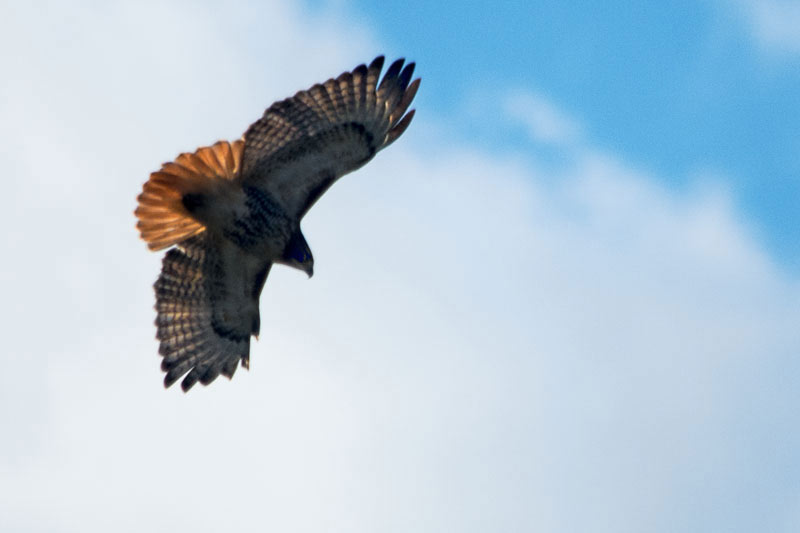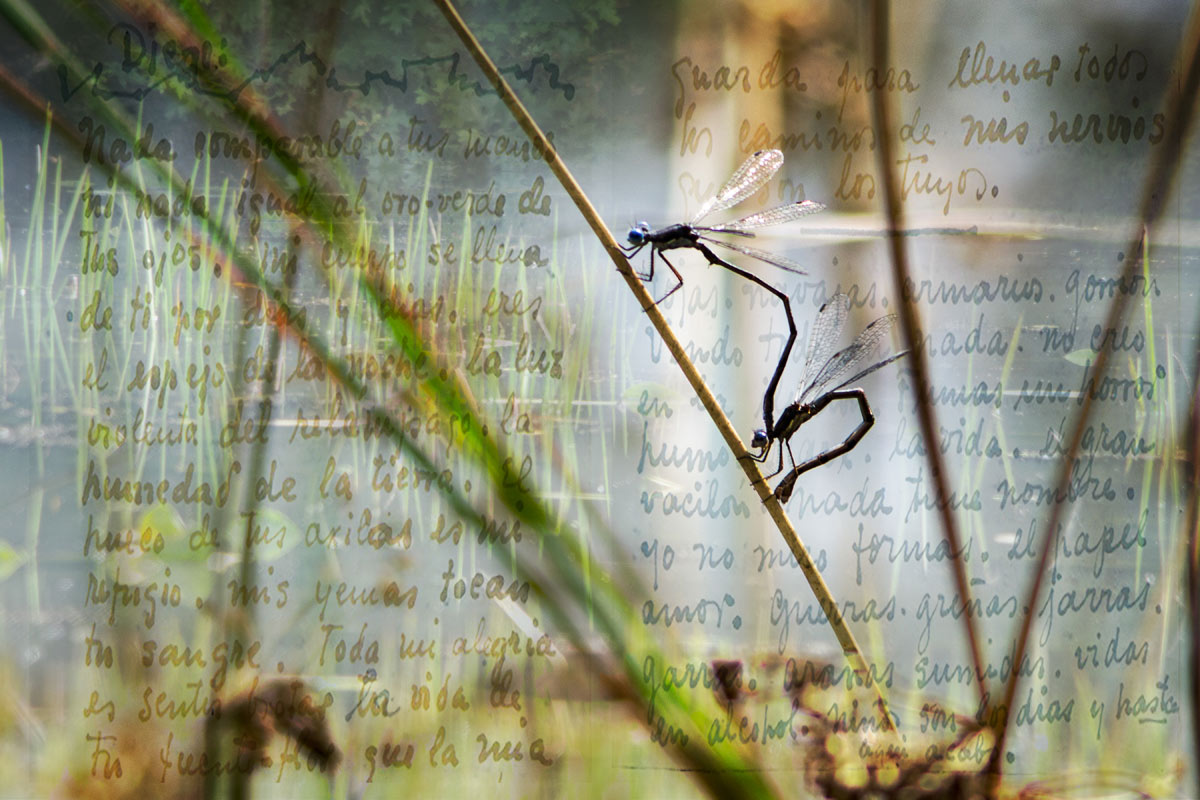
No. 42. Diving for Dinner

Sights and Insights


It’s not uncommon for birds of prey to get hit by cars. Several years ago while walking around the East Liberty section of Pittsburgh I found the disembodied foot and leg of a Peregrine Falcon on the street. After taking it back to the studio and photographing it, I began working on this composite photo. I only now finished it after uncovering the partially completed project in my files.
While harking back to Alfred Hitchcock’s film The Birds, the piece addresses the reckless destruction of the natural world by the modern capitalist social system.

Damsel Flies mating. In the background love letter by Frida Kahlo to Diego Rivera in the background.
A few weeks ago Martha and I participated in a Walk to observe and learn about dragonflies and damselflies. The walk was a joint presentation of the Mengel Natural History Society and the Baird Ornithological Club, of which Ken Lebo, the group leader, is a member along with Tony “Doc” Schoch and Mike Slater, president of the BOC and nature columnist for the “Berks Country” weekly supplement to the Reading Eagle. Here is Kolleen Long’s account of the Hike in the Hamburg Item. She took better notes and did better follow up research than I did. Here are a few pictures I made during the excursion. I learned two things. First, there are a lot more species of dragonflies than I knew existed. Second, many of them are very difficult to photograph, some never perch.
Wild Horses at Chincoteague and Assateague Island National Seashore. The herd on Chincoteague is managed by the volunteer fire company, which has an annual round up, sells off foals every year as a way of controlling the size of the herd and of raising money to support the fire company. When we visited we were not able to get close to the horses at Chincoteague. On the other hand, at Assateague Island National Seashore, which is operated by the National Park Service, one could get quite close to the free-roaming ponies, although actual contact is forbidden. The population size is managed through birth control administered by rifle-launched dart. Otherwise, there is minimal physical interaction with the animals.
On the other hand, at Assateague Island National Seashore, which is operated by the National Park Service, one could get quite close to the free-roaming ponies, although actual contact is forbidden. The population size is managed through birth control. Otherwise, there is minimal human interaction with the animals. A Park Ranger Intern told us the Painted Lady is the only mare that is still part of the Old Stallion’s Harem. After analysing the pictures from that day, I’m not so sure. After bumping into the Old Stallion and the Painted Lady, we came across two other mares grazing nearby. I made a number of shots of those two. Later on, our way out of the park, we spotted animals that appeared to be all four in a somewhat larger band in a pasture some distance from where we’d first spotted them. The old man seems not to have lost a loyal following.